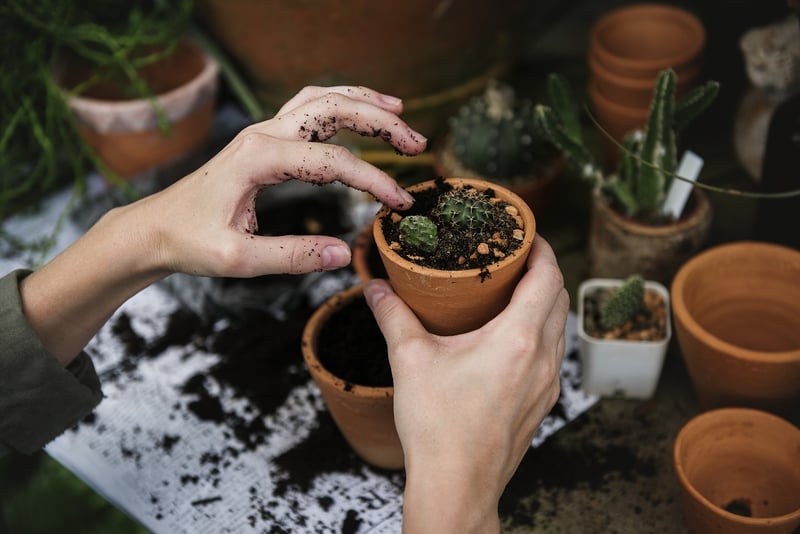Fall Planting
Adapting to Changing Seasons: Fall Planting Guide
As the weather shifts and the days grow shorter, it's time to prepare your garden for the upcoming fall season. Fall is an excellent time for planting various crops and flowers, taking advantage of the cooler temperatures and increased rainfall to establish strong roots. Read on to discover our top tips for adapting to changing seasons through fall planting.
Benefits of Fall Planting
Fall planting offers several advantages for your garden:
- Plants establish stronger root systems during the cooler temperatures.
- There is generally more rainfall in the fall, reducing the need for frequent watering.
- Less heat stress on plants allows for better growth and development.
- Early planting in the fall can lead to earlier blooms in the spring.
Top Plants for Fall Planting
Consider adding the following plants to your garden this fall:
- Tulips
- Daffodils
- Pansies
- Kale
- Garlic
- Broccoli
Tips for Successful Fall Planting
- Prepare your soil by adding compost to provide nutrients for the plants.
- Choose plants that are suitable for fall planting in your specific climate zone.
- Water newly planted seeds and transplants thoroughly to help them establish roots.
- Mulch around plants to help retain soil moisture and regulate soil temperature.
- Monitor the weather and protect plants from early frosts if necessary.
Conclusion
Embrace the changing seasons by incorporating fall planting into your gardening routine. With the right plants and proper care, you can enjoy a vibrant and thriving garden from fall through spring. Get your hands dirty this fall and watch your garden bloom!
For more gardening tips and inspiration, visit GardeningWebsite.com.

